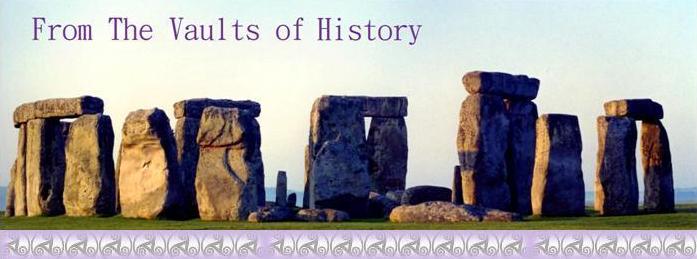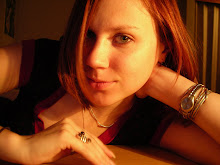 Throughout the ages all cultures have had some sort of fascination with the sky and/or the celestial bodies. As this fascination grew people began to develop astronomical tools to help them study the sun, moon, stars, and other planets. The astrolabe, often referred to as the oldest scientific instrument in the world, has been used to measure/predict the location, height, and position of extraterrestrial bodies, to determine the time of day, and to navigate ships.
Throughout the ages all cultures have had some sort of fascination with the sky and/or the celestial bodies. As this fascination grew people began to develop astronomical tools to help them study the sun, moon, stars, and other planets. The astrolabe, often referred to as the oldest scientific instrument in the world, has been used to measure/predict the location, height, and position of extraterrestrial bodies, to determine the time of day, and to navigate ships.Around the 2nd century BC the astrolabe was developed in ancient Greece to determine the .png) altitude of objects in space. However the instructions for this tool's construction were supposedly lost in the fire at the Library in Alexandria. During the approaching Dark Ages astronomical information was further lost to the western world as the Christian churches banned such knowledge. The preservation of astrolabe technology is credited to the Islamic cultures, as they collected as many reaming Greek astrolabes as possible; thus preserving and improving the uses of the astrolabe. In 12 AD, as Islam migrated though southern Europe, the astrolabe was reintroduced to Western World.
altitude of objects in space. However the instructions for this tool's construction were supposedly lost in the fire at the Library in Alexandria. During the approaching Dark Ages astronomical information was further lost to the western world as the Christian churches banned such knowledge. The preservation of astrolabe technology is credited to the Islamic cultures, as they collected as many reaming Greek astrolabes as possible; thus preserving and improving the uses of the astrolabe. In 12 AD, as Islam migrated though southern Europe, the astrolabe was reintroduced to Western World.
Create Your Own Astrolabe:
Introduction:
This simple astrolabe can be used to determine the altitude (angular height) of almost any tall object you wish.
List of Equipment:
- A copy of the Astrolabe Illustration
- Glue
- Cardboard or Poster Board
- Scissors
- 1 Straw
- 1' of String (approximately)
- 1 Metal Washer
- A hole-punch
- Tape
Step 1: Print a copy of the Astrolabe Illustration
Step 2: Glue copy to poster board or cardboard and cut out with scissors.

Step 3: Using hole-punch make a notch where each degree line meets the curved edge of the astrolabe.
Step 4: Cut straw to fit edge marked "attach straw along this edge" and tape into place.
Note: tape the straw above the astrolabe and not to the surface of the illustration.

Step 5: Carefully poke a hole though the dot located in the upper right of the illustration.
Step 6: Pass string though hole and secure to the back of the illustration.
Note: can either tie a knot in the string or tape to the back of the astrolabe.

Step 7: Tie metal washer to hanging end of sting to function as a weight.

How to use:

Step 1: Look thought straw and aim at any tall structure
Step 2: Read altitude in degrees from the side of the astrolabe.
Note: This will be where the sting hangs across the degree scale.
For more information/references:
"The Islamic Astrolabe: An Indicator of the Role of Islamic Astronomy During the Middle Ages," By Diana Strode
"At Home Astronomy" Presented by The Center for Science Education @ Space Sciences Laboratory UC Berkeley.









